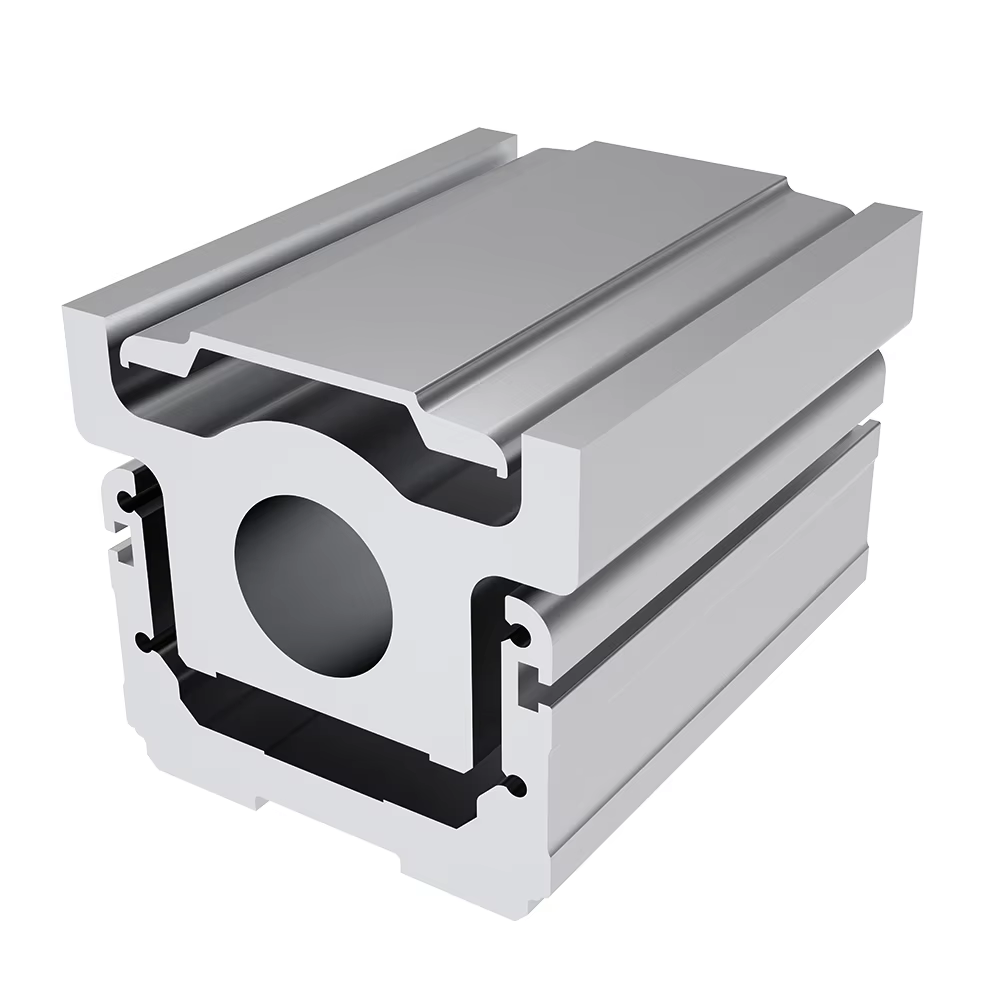Like any installation procedure, installation of linear guides must be done with the right equipment and components checked in order to enhance accuracy. Installations will require a torque wrench to ensure proper bolt tightening, a level to ensure horizontal alignment, a caliper to measure the spaces, and a cloth to ensure the surfaces are wiped of any dust and oil. For very large linear guides which are incorporated to machinery like in automation systems or CNC equipment, a lifting tool of some sort will be required to prevent any damage to the guide when being moved.
Internal inspection of the linear guides must be done in sets. Scratches, dents, or deformed guide rails or sliders will greatly diminish accuracy of movement in the future, so be sure to check for these. Bolt sets and lubricating accessories, which are supplied by companies like Hengdong Aluminum that focus on industrial solutions, should also be checked. Installation of the guide requires machine surfaces to be clean of any rust, debris, or old lubricants. These components may seem insignificant by their absence or presence magnifies the effect of alignment and friction that will be experienced post installation.

Accurate marking and alignment are crucial steps to ensure the linear guide operates smoothly. To begin, grab a marker and a straightedge to sketch the reference lines on the machine’s installation surface. These lines should correspond to the guide’s length and the intended motion path. For instance, in robotics and semiconductor manufacturing, the lines must coincide with the other precision components in the machine to avoid motion errors.
Next, position the linear guide rail on the marked position, and then use a level to determine its horizontal alignment. If the rail is tilted, use shims (thin metal sheets) and place them under the rail until it is perfectly leveled. For dual-rail installations (common in heavy-load applications), measure the distance between the two rails at multiple points to ensure dual-rail symmetry. A separation of more than 0.1 mm per meter will result in uneven slider movement, so use a caliper to confirm the parallelism.
When the guide rail is properly aligned, fasten it to the machine surface with the supplied bolts. Start by easing the bolts head on both ends of the rail, then head to the midsection. This approach balances the guide rails in case they would be worst. From the guide, use a torque wrench to deliver the set amount of torque and no more (usually, when it comes to mid-size rails, it is around 8-12 N·m); under-torqued the rail will rattle, over-torqued it will break.
After the rail is perfectly adjusted, the next step will be attaching it to the slider. Lightly drag the slider to the end of the rail, and then gently attempt to slide it in place. Gunning it will lead to scratching the rail and some of its rolling elements (balls or rollers). If the slider does not want to install, then the rail is either not clean, or debris is in the way. With the slider on the rail, move it back and tell it to loosen without it jamming. For a CNC machine, or in this case a machine with mid to high applications calling for a high precision in the order of microns, the slider must be adjusted and tested for precision aiming.